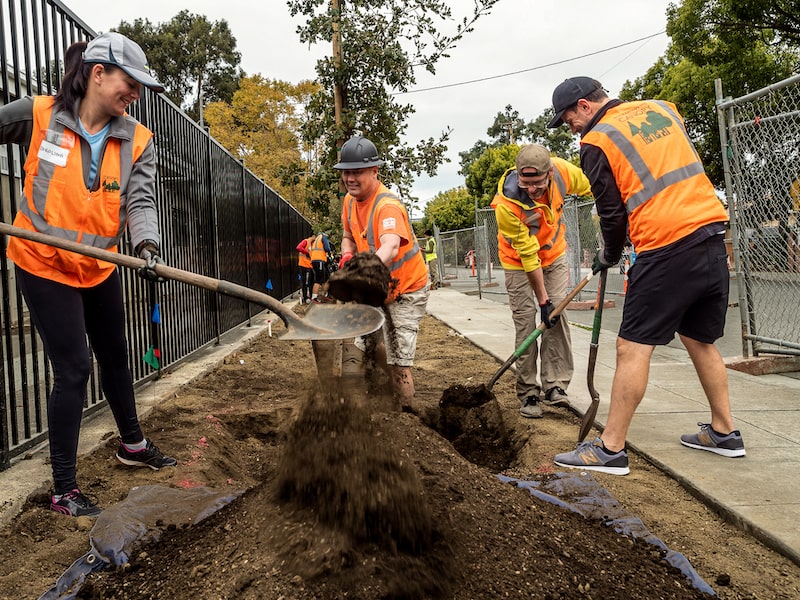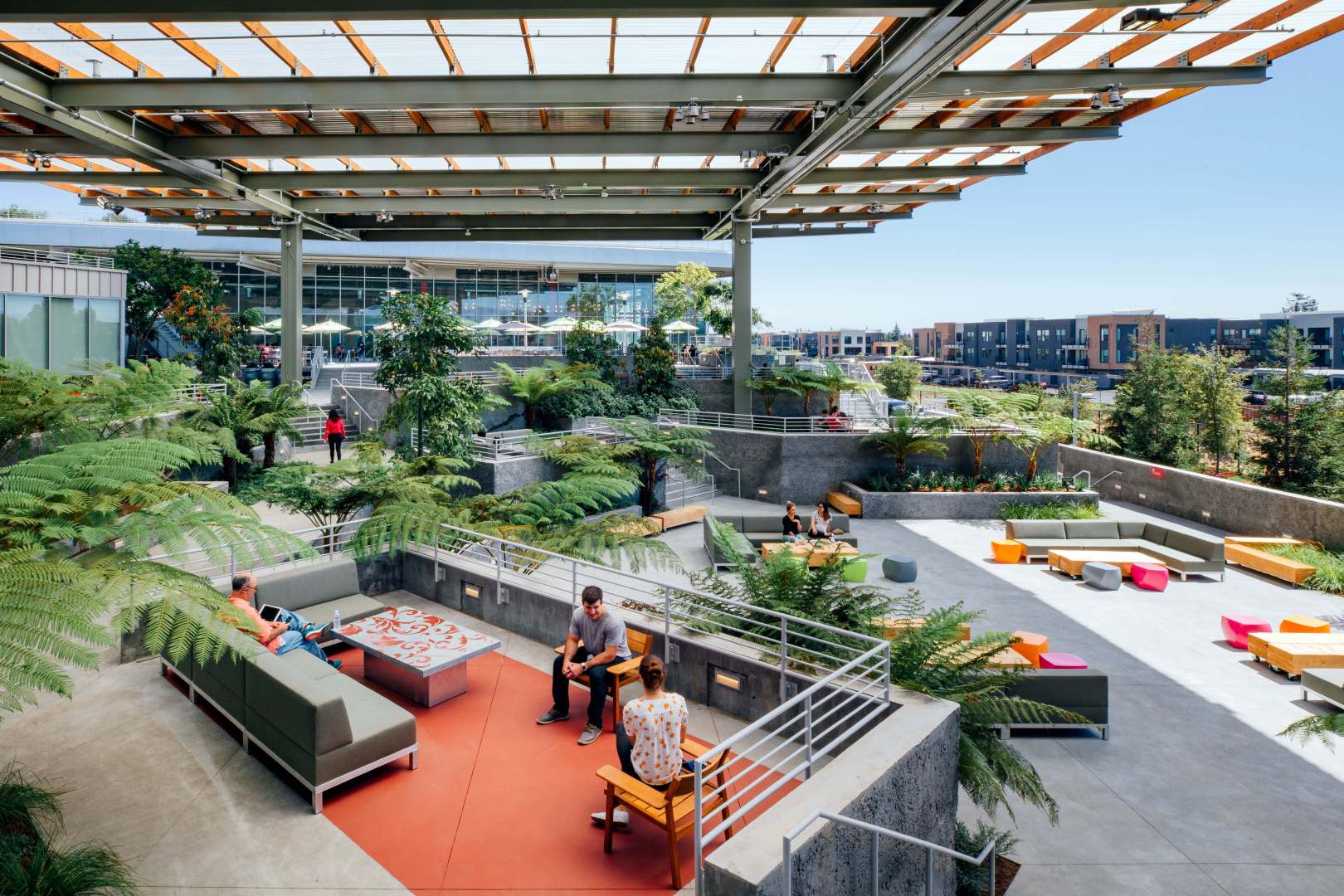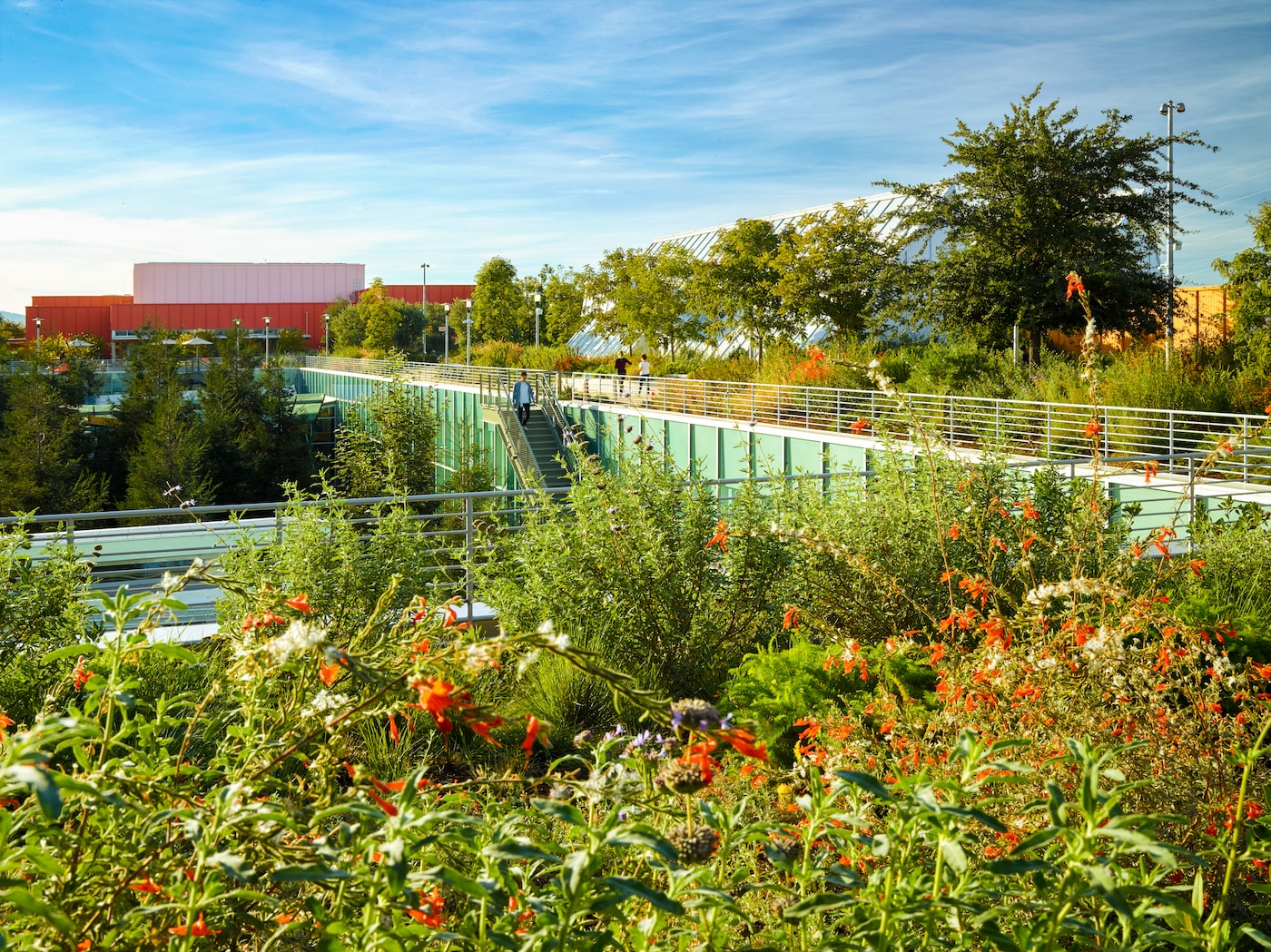The loss of biodiversity has critical implications for humanity, from the collapse of food chains and health systems to the disruption of entire supply chains. According to the World Economic Forum’s 2022 Global Risks Report, biodiversity loss is listed as the fourth most severe risk on a global scale over the next 10 years.
We know that our operations and facilities have an impact on local habitats. We are taking steps to mitigate our impact and to protect and promote biodiversity where we operate.
Supporting biodiversity in communities where we operate
Across our global facilities, we take a preventative approach to reduce our impact on biodiversity, while implementing design elements and supporting projects that help protect and restore local habitats. Data centers are at the heart of connections and each site is designed to promote biodiversity, plant native and adaptive landscape, mimic the natural hydrology of the site and reduce urban heat island effect.
We choose plant species, efficient irrigation, alternative water sources when available, Forestry Stewardship Council (FSC)-certified new wood products and smart scheduling technologies that together save millions of gallons of water per year.


Green roof project
At our Menlo Park, California, headquarters, a 12.5-acre green roof provides a diverse landscape, ranging from grasslands to oak savannas and meadows. The roof serves as a home to over 600 trees and, to date, 5,300 birds representing 50 avian species.
We continued to develop our Bayfront Campus in Menlo Park, California, by creating an 11-acre park. We focused on diversifying tree species, particularly oaks (Quercus), both to avoid monoculture and transition to species adapted to our changing climate, which is getting warmer and dryer. Over the past eight years, we have planted 2,650 new trees at our 80-acre Bayfront Campus.
2023 Sustainability Report
We envision a just and equitable transition to a zero-carbon economy and are working to scale inclusive solutions that help create a healthier planet for all.
